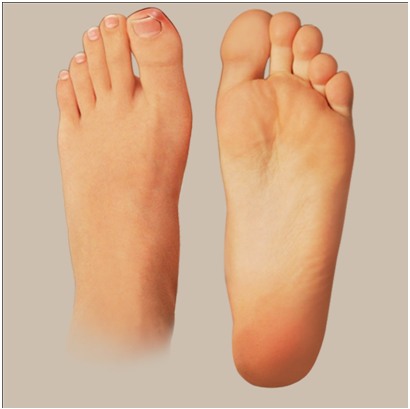
Have you been experiencing pain and swelling around my toe around the nail? Could it be an ingrown toenail? An ingrown toenail is a condition where one or both corners of the toenail grow into the soft flesh of the toes skin. It is a common condition and it affects the big toe. The result is swelling, pain, redness, and in severe cases, the toe is infected. The nail may have overgrown and inflamed skin over the tip that may be painful in response to pressure.
It can be treated at home but if you have questions about ingrown toenail treatment, reach out to a foot specialist for his/her expert advice. Feel free to contact our office to make an appointment with our podiatrist. Our foot and ankle doctor, Dr. Ejodamen Shobowale can provide you with the care you need to keep you pain-free on your feet.
Causes of ingrown toenails
- Cutting the nails short and not cutting straight across.
- Tight-fitting stockings, socks, or tight also increase the chances of ingrown toenails.
- Too tight, short, narrow ended or flat shoes, increase the chances of developing ingrown toenails.
- Injury through something dropping on the toe or kicking something hard.
- Walking and standing posture can affect the likelihood of ingrown toenails developing.
- Excess sweaty feet keep the skin moist and warm, leaving the toenails susceptible to the development of ingrown toenails and increased chances of ingrown toenail infection.
- Ingrown toenails can be heredity.
- Genetic factors, such as people with larger toenails.
Ingrown toenail treatment
Seek medical attention as soon as ingrown toenail symptoms appear, and if you have nerve damage in the foot, you have diabetes and poor circulation in the foot. Before taking over-the-counter medications that may mask the pain but not solve the problem, visit a foot doctor.
Infections – Bacteria enter through the point where the nail pierces the skin. It results in infection manifested by the area becoming red, painful, warm, and swollen, some times you might notice bleeding and pus oozing out. Keep your toes and toenails clean and dry to prevent infections.
Removal – If an ingrown toenail recurs, the cells in the nail bed may be removed and destroyed using a chemical such as phenol so that the toenail cannot grow again. During ingrown toenail removal, the doctor uses a local anesthetic and when it wears off, use painkillers. During the healing process, wear soft spacious shoes.
Surgery – A toenail avulsion is removing part of the nail through surgery. A podiatrist cuts away the edges of the toenail, to make it narrow and the skin folds on either side of the toenail may be removed. In some cases, if the toenail is distorted or thick, the whole nail is removed and you will be back to normal activity the next day.
Home treatment – Most patients are advised to treat the toenail themselves. The toenails are soaked in warm water with Epsom salt up to four times a day and using a cotton bud push the skin from the toenail. Do not cut the toenail repeatedly because it could make the problem worse. Wear footwear with plenty of room.
Ingrown toenails can be prevented, if the nails are cut straight across in a straight line or if you have circulatory problems see a podiatrist for professional trimming, maintain good foot hygiene, and choose proper fitting footwear.